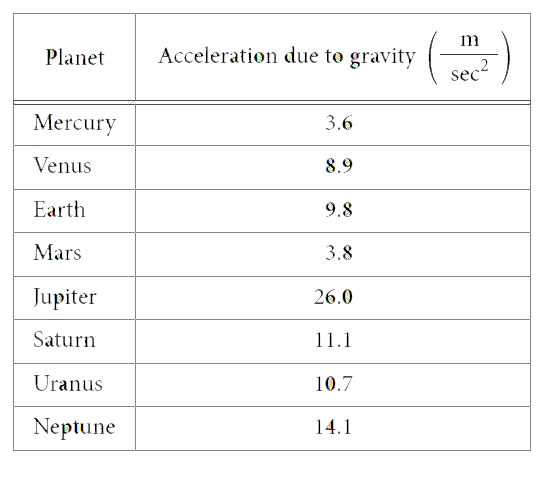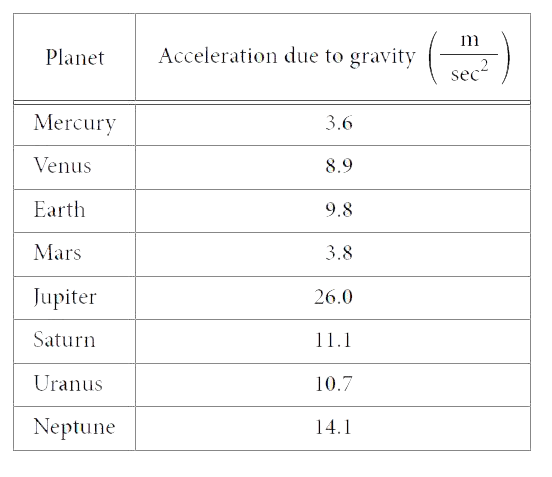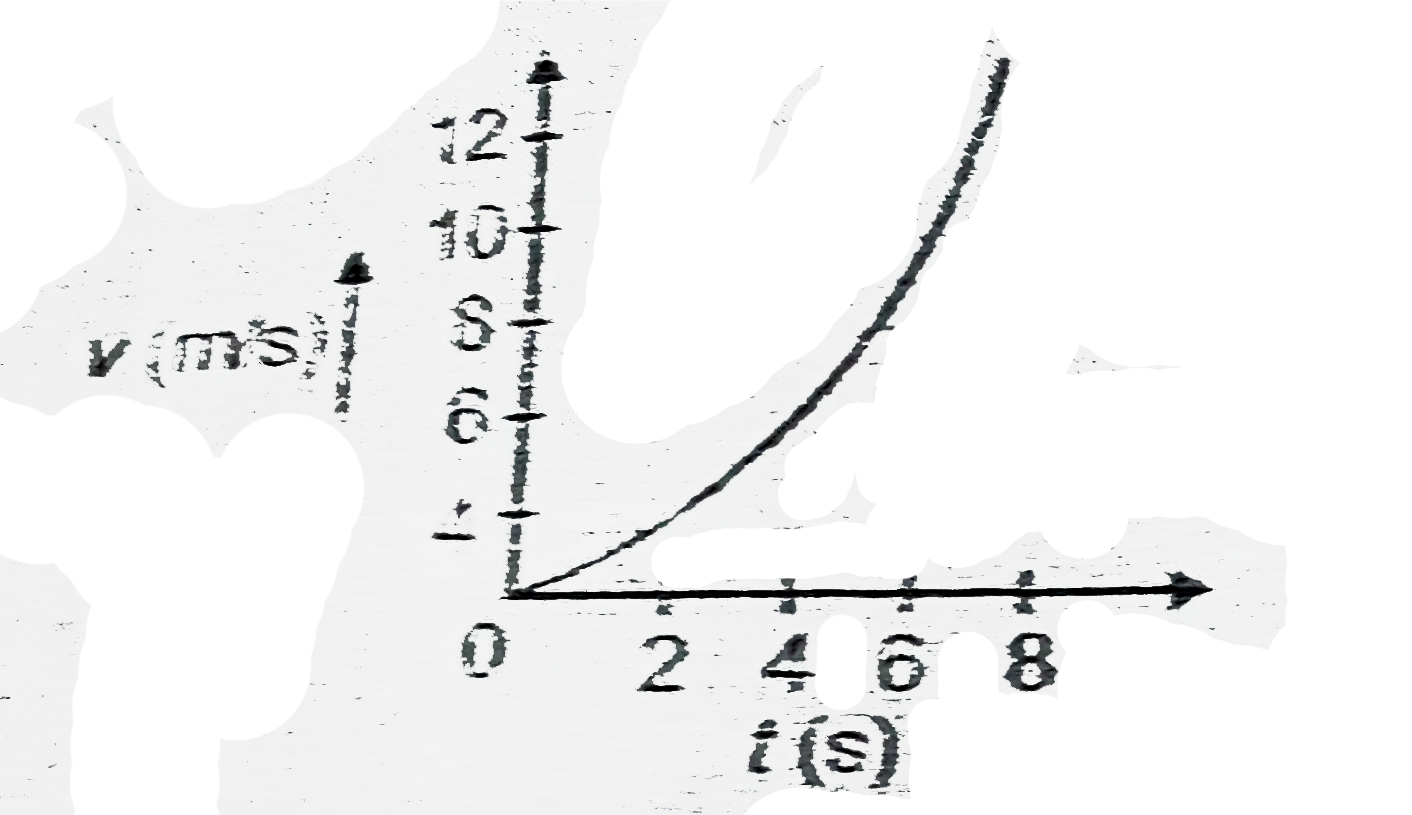Assertion : For a free falling object, the next external force is just the weight of the object .
Reason : In this case the downward acceleration of the object is equal to the acceleration due to gravity.
If both assertion and reason are true and reason is the correct explanation of assertion
If both assertion and reason are truebut reason is not the correct explanation of assertion
If assertion is true but reason is false
If both assertion and reason are false.
The correct Answer is:A
Step by step video, text & image solution for Assertion : For a free falling object, the next external force is just the weight of the object . Reason : In this case the downward acceleration of the object is equal to the acceleration due to gravity. by Physics experts to help you in doubts & scoring excellent marks in Class 11 exams.
Topper's Solved these Questions
- BOOK - NCERT FINGERTPS ENGLISHCHAPTER - GRAVITATIONEXERCISE - Kepler Laws17videos
GRAVITATION
- BOOK - NCERT FINGERTPS ENGLISHCHAPTER - GRAVITATIONEXERCISE - Acceleration Due To Gravity6videos
GRAVITATION
- BOOK - NCERT FINGERTPS ENGLISHCHAPTER - GRAVITATIONEXERCISE - NCERT Exemplear Problems.8videos
GRAVITATION
- BOOK - NCERT FINGERTPS ENGLISHCHAPTER - KINETIC THEORYEXERCISE - Assertion And Reason10videos
KINETIC THEORY
Similar Questions
Knowledge Check
- Question 1 - Select One
Assertion : An object may fall with a constant velocity.
Reason : This happens when acceleration of the object is equal to acceleration due to gravity.ABoth assertion and reason are true and reason is the correct explanation of assertion.BBoth assertion and reason are true but reason is not the correct explanations of assertion.CAssertion is true but reason is false.DBoth assertion and reason is false - Question 2 - Select One

The chart above shows approximate of the acceleration due to gravity in meters per second squared (msec2) for the eight planets in our solar system. The weight of an object on a given planet can be found by using the formula W=mg, where W is the weight of the object measured in newtons, m is the of the object measured in kilograms, and g is the acceleration due to gravity on the planet measured in msec2.
An object on Earth has a weight of 150 newtons. On which planet would the same object have an approximate weight of 170 newtons?AvenusBsaturnCuranusDneptune - Question 3 - Select One

The chart above shows approximate of the acceleration due to gravity in meters per second squared (msec2) for the eight planets in our solar system. The weight of an object on a given planet can be found by using the formula W=mg, where W is the weight of the object measured in newtons, m is the of the object measured in kilograms, and g is the acceleration due to gravity on the planet measured in msec2.
What is the weight, in newtons, of an object on Mercury with a mass of 90 kilograms?A25B86C101D324
If the velocity of an object is increasing and changing at a uniform rate then the acceleration of the object is:
View SolutionCan the velocity of an object be in a direction other than the direction of acceleration of the object ? Explain.
View SolutionThe velocity-time graph of an object is given below. Calculate the average acceleration of the object in the time interval of 4 s to 6 s.
 View Solution
View SolutionA : If an object is taken to the centre of earth, then its centre of gravity cannot be defined.
R : At the centre of earth acceleration due to gravity is zero.View SolutionAssertion: Mass is a property of one object alone, whereas weight results from the interaction of two objects.
Reason: The weight of an object is proportional to its mass.View Solution


